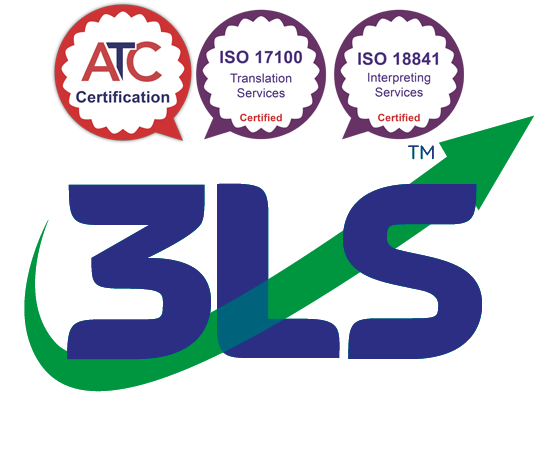
Do you offer handwriting translation?
We do! While many translation providers avoid translating handwriting, we know that – particularly if you’re researching family or other history – then frequently the only records available are handwritten. That makes handwriting translation – including of antique and copperplate manuscript – essential, and we’re pleased to offer this service to both private and business clients.
While the printing press was invented as long ago as 1440 very, very few documents – and none personal – were printed using these. Presses developed, but remained the province of professional printers, used only for official or some commercial materials. The next development came with the appearance of the first typewriters in the 1870s, but these were little used for personal documents before the late 1800s – and for decades were almost exclusively in offices, out of reach for most of the population. As a result handwriting continued to be the rule for personal correspondence right through much of the 20th century until mass PC ownership, with email and word-processing, became established in the 1990s.
Handwriting translation isn’t widely offered, and for good reason – while fun, handwriting can be extremely challenging to read (you should see my own!) and so takes far more time than most translation companies want to spend. Luckily, we’re not “most translation companies”!
How about calligraphy translation? We’ve inherited some amazing stuff, we’d love to know what it says.
Calligraphy can be tricky, making handwriting in some languages – such as Farsi – very difficult to understand unless you’re familiar with the calligraphy used. However, those willing to tackle calligraphy translation – like us – get to work with some truly beautiful material.
Over the years we’ve handled calligraphy translation from antique manuscripts (and more) in a range of languages – we’ve even translated Persian weaponry inlaid with holy verses!
Most languages have a form of calligraphy, where the handwriting itself becomes the art, including Chinese, Arabic, Indian languages, and many more. They can be of wildly differing complexity ranging from simply decorated single letters, to entire words, or even phrases, rendered as a piece of art like the beautiful piece shown here. We’re delighted to offer calligraphy translation.
So for handwriting translation do you need the original manuscript?
No, and we’d strongly advise against sending anything so irreplaceable.

A good clear (and in focus!) image – a scan or well-composed photo – is fine. Be careful though to capture all of the content you want translating! Also when using a camera or phone, try to avoid shadows falling across the content, and try to keep the document flat – a small weight on each corner helps. Of course, that’s less of an issue with a piece of armour!
Old papers can be awkward sizes, so if you need to take several images to capture the details clearly, don’t worry – our team is generally able to reassemble the images into whole pages for translation. Just take one of the whole thing as well so we can see how the pieces go together.
Anything else that could help?
Definitely! All translation – whether the source was written last week, or 300 years ago – is easier with context, so if you need translation of antique papers then the more you can tell us about their provenance and background, the better.
That’s especially important where proper names are used, particularly for names in Arabic or similar languages as transliteration into English characters can be tricky.
OK. Another tricky one then – can I get the handwriting translation certified? It’s for an inheritance…
Usually, yes – we offer a full translation certification service. However where the document hasn’t aged well – it may be badly stained or smudged, for example – that certification will contain caveats and illegible parts of the text will be marked as such in the translation. That may not preclude its use for legal purposes but could compromise its weight.
We’ll work with you as far as we can to clarify affected text, but at the end of the day we cannot by law fully certify the translation of content we are unsure of.
